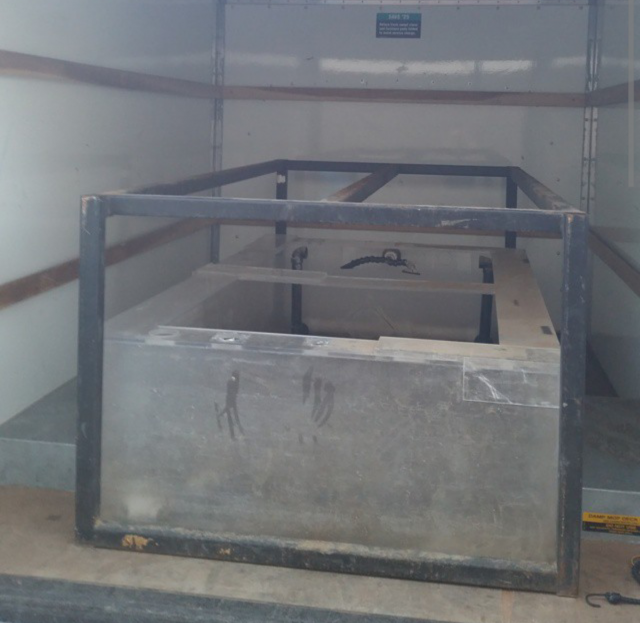Which is better (time and effort) and a cheaper way to remove scratches in an acrylic tank, using the Novus system or wet sanding?
It's a small 40 gallon tank.
Thank you.
Edit: Upon further research, I guess it would be better if you do wet sanding first then try the Novus system.
Noah
It's a small 40 gallon tank.
Thank you.
Edit: Upon further research, I guess it would be better if you do wet sanding first then try the Novus system.
Noah
Last edited:




